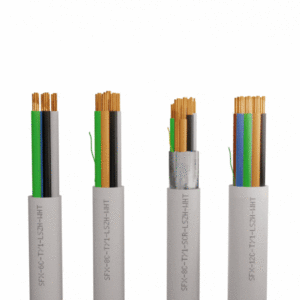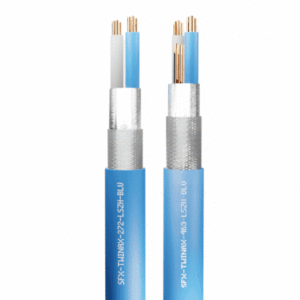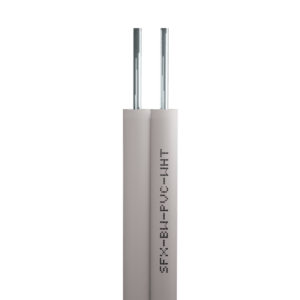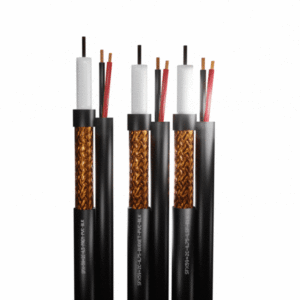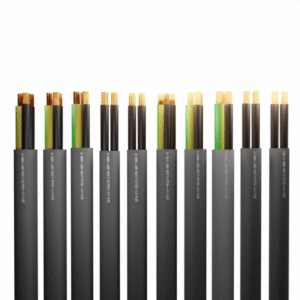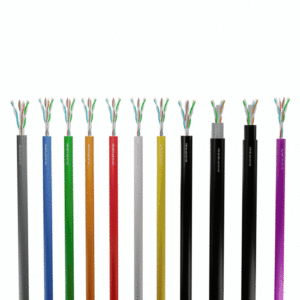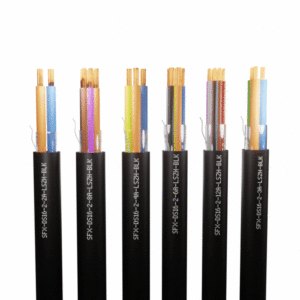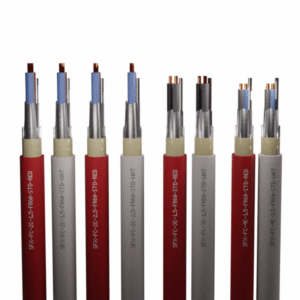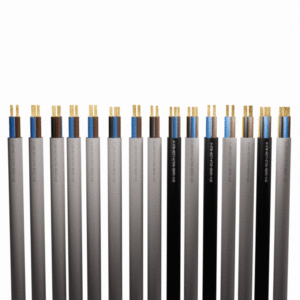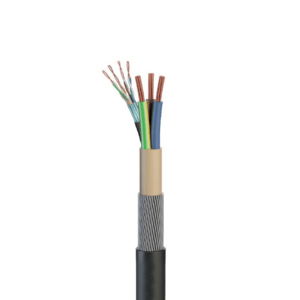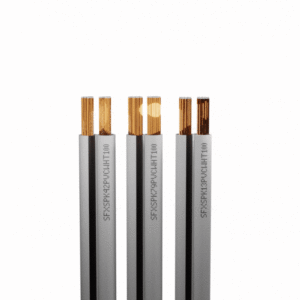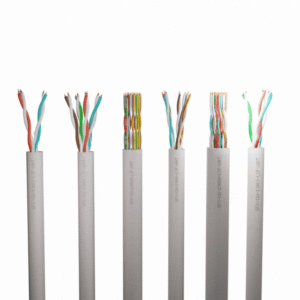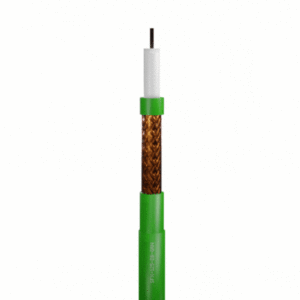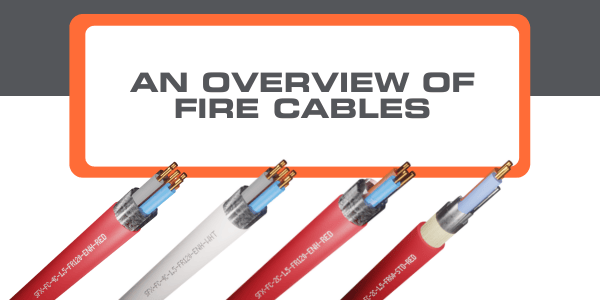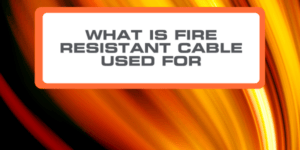In the event of a fire, the situation can quickly get out of control. After a short period, typically no more than 30 seconds, the fire propagates rapidly, producing a cloud of toxic black smoke that also prevents visibility. After roughly five minutes, the heat of the fire is strong enough to ignite surrounding objects.
This undoubtedly creates challenges, as the occupants of the building need to evacuate, yet the difficulty increases by the second. The severity increases for larger buildings, especially public facilities, such as hospitals, shopping centres, stadiums, and public transport hubs.
This means that all buildings must have:
- Fire detection.
- Fire alarms.
- Fire suppression systems.
- Emergency escape lighting systems.
- (and aim to have:) Security cameras and video links.
The protection systems often include data cables to provide communication between sensors, controllers, building management or CCTV monitors.
What Does A Fire Alarm Cable Do?
Fire cables are intended to work during a fire and not fail in the case of high temperatures being applied to them.
These cables are providing power and data to alarm sounders and visual fire signals to guarantee that individuals in all regions of the building may safely leave.
What Cable is Used for a Fire Alarm?
Any cable that is compliant with British Standard BS 5839-1, which addresses the operation of fire protection systems, such as:
- Smoke control.
- Emergency lighting.
- Automatic door
- Fire alarm systems.
- Voice alarm systems.
- Fire extinguishing systems.
and any related safety measures, such as:
- Elevator grounding.
- Valve closing.
- or Air handling shutdowns.
Does a Fire Alarm Cable Have to be Red?
No, the fire alarm wire that is compliant in BS 5839-1 does not have to be red, but it must be a distinct colour from other forms of electrical wiring within the building. Although, it is an industry norm to not alter the colour of the fire alarm wires.
If a different cable colour is utilised, the customer should agree on a variation as part of the design before installation.
What is the Difference Between Fire-Rated and Fire-Resistant Cable?
Flame Rated or Flame Retardant refers to cables that do not continue to work during a fire but are meant to prevent flame spread, propagation, smoke evolution, acidic/corrosive gas evolution, and burning droplets.
Fire Resistant cables are those that are meant to offer continuous power/signal supply for safety installations while also preventing the passage of fire for a certain period.
What is an Enhanced Fire Cable?
All cables are intended to guarantee that the connectivity between fire alarm systems functions properly for an acceptable amount of time.
The BS 5389-1 cable standard distinguishes between ‘Standard’ and ‘Enhanced’ grade cables, which define the amount of fire resistance that the cables provide.
Enhanced:
The ‘Enhanced’ grade is intended for usage in situations where the fire detection and alarm systems need to enable evacuation for a longer period than the ‘Standard’ grade fire-resistant cables provide during a fire.
Standard:
In addition to meeting the requirements of BS 5839-1, Standard fire performance cables must obtain a class of at least PH30 when tested in line with EN 50200. They must also keep the circuit running.
Additionally, enhanced fire-resistant cables are recommended for the following applications:
- In un-sprinkled buildings (or areas) when the fire plan calls for occupant evacuation in four or more stages.
- Buildings that are taller than 30 metres that are not sprinkled.
- In un-sprinkled premises and sites where a fire in one place may harm vital signal route cables associated with areas remote from the fire, and where it is anticipated that humans may stay in occupancy during the fire.
- In any situation where the designer, specifier, or regulatory body believes that the use of Enhanced fire-resistant cables is needed based on a fire risk assessment.
Does a Fire Alarm Cable Need to be in Conduit?
To minimise mechanical damage, you should aim to not include fire alarm wires in the same conduit as other utility cables.
There are instances where fire alarm cables may be put in the same conduit as other service cables, however; a separate compartment should be created specifically for the fire alarm wires.
The trunking partition should be sturdy, stiff, and continuous. The guideline is designed to prevent harm to the fire alarm cables when other circuits are modified (for example, when other cables are stripped out or new cables are drawn in.)
It may not always be practical to provide a separate conduit, trunking, or compartment for fire alarm wires in some situations, such as when installing a new fire alarm system in an existing but old structure.
In such circumstances, a deviation from the standard’s guidelines should be indicated in the system’s certification. Where cable segregation is not reasonably possible, care must be taken to prevent electromagnetic interference from other cables from disrupting the fire alarm circuits.

